 Apache Corporation (NYSE, Nasdaq: APA) announces it has agreed to sell its Gulf of Mexico Shelf operations and properties to Fieldwood Energy LLC (Fieldwood), an affiliate of Riverstone Holdings, for cash proceeds of $3.75 billion. In addition, Fieldwood will assume all asset retirement obligations for these properties, which, as of June 30, 2013, Apache estimated at a discounted value of approximately $1.5 billion. Apache will retain 50 percent of its ownership interest in all exploration blocks and in horizons below production in developed blocks, where high-potential deep hydrocarbon plays are being tested.
Apache Corporation (NYSE, Nasdaq: APA) announces it has agreed to sell its Gulf of Mexico Shelf operations and properties to Fieldwood Energy LLC (Fieldwood), an affiliate of Riverstone Holdings, for cash proceeds of $3.75 billion. In addition, Fieldwood will assume all asset retirement obligations for these properties, which, as of June 30, 2013, Apache estimated at a discounted value of approximately $1.5 billion. Apache will retain 50 percent of its ownership interest in all exploration blocks and in horizons below production in developed blocks, where high-potential deep hydrocarbon plays are being tested.
"This transaction is an important step toward rebalancing our portfolio," said G. Steven Farris, chairman and chief executive officer. "At the end of this process, we expect Apache to have the right mix of assets to generate strong returns, drive more predictable production growth, and create shareholder value.
"Apache has had a great run on the Gulf of Mexico Shelf over the last 30 years, and the Shelf region and staff have played a vital role in making Apache the company it is today. As our company has evolved, however, so have our investment priorities," Farris said. "Since 2010 we have increased our focus in North America on capturing and developing a deep inventory of onshore assets, where we have been generating exceptional production growth at attractive rates of return. The shallower horizons in the Shelf have matured to the point that dependable production growth is more difficult to achieve than from our onshore liquids plays. We remain excited about the potential associated with the emerging plays under existing salt domes, which is why we retained 50 percent of the deep rights on 406 blocks held by production and 50 percent of all rights in 146 primary term blocks."
Apache previously announced plans to divest $4 billion in assets by year-end 2013 as part of its ongoing portfolio assessment and to focus on more recently acquired properties. The company intends to use proceeds to reduce debt and enhance financial flexibility and to repurchase Apache common shares under a 30-million-share repurchase program authorized by the Board of Directors earlier this year.
Transaction Terms and Closing Conditions
The effective date of the transaction is July 1, 2013. The sale is subject to customary regulatory approvals and closing conditions and is projected to close September 30, 2013. Apache will operate the properties during a transitional period.
Fieldwood has agreed to offer employment to substantially all of Apache's GOM Shelf employees.
Goldman Sachs & Co. acted as financial advisor and Bracewell & Giuliani LLP served as legal advisor to Apache on the transaction.
Apache's Shelf Portfolio
Apache's Shelf portfolio — the largest operated asset base in Gulf waters to 1,000 feet deep — comprises more than 500 blocks with 1.9 million net acres and year-end 2012 estimated proved reserves of 133 million barrels of oil and natural gas liquids and 636 billion cubic feet of natural gas. In the first quarter of 2013, the fields averaged net production of approximately 50,000 barrels of liquid hydrocarbons and 254 million cubic feet of natural gas per day.
"Employees in Apache's Gulf of Mexico Shelf Region are the most experienced, technically knowledgeable, and dedicated group in the industry. This team is committed to safe and environmentally responsible operations during the transition and in the new ownership structure," Farris said.
Apache's ratio of incidents of noncompliance per inspected component — a key measure of offshore safety performance — has been at or better than industry average for the last five years. In 2012, Apache was one of the first Gulf of Mexico operators to voluntarily submit an audit of its Safety Environmental Management System (SEMS) to the Bureau of Safety and Environmental Enforcement. SEMS focuses on operating procedures, hazard analysis, mechanical integrity and training for all assets and personnel operating in the Gulf of Mexico.
.


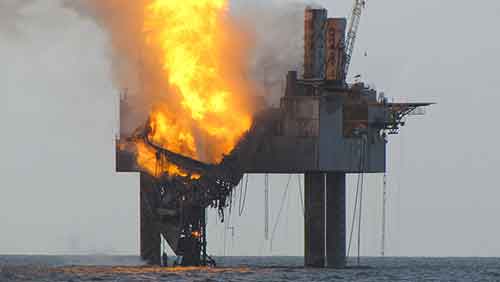 to oversee and coordinate response efforts to secure the South Timbalier 220 natural gas Well A-3. Safety of personnel and protection of the environment remain the top priorities.
to oversee and coordinate response efforts to secure the South Timbalier 220 natural gas Well A-3. Safety of personnel and protection of the environment remain the top priorities.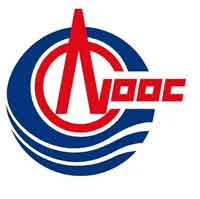 CNOOC Limited
CNOOC Limited ust days before European rules on offshore safety for European companies abroad enter into force, and just a few months before additional requirements for companies operating in U.S. waters take effect, the European Commissioner for Energy, Guenther Oettinger, has called for operating and drilling companies to deliver the highest standards including when operating outside of American and European regulated waters.
ust days before European rules on offshore safety for European companies abroad enter into force, and just a few months before additional requirements for companies operating in U.S. waters take effect, the European Commissioner for Energy, Guenther Oettinger, has called for operating and drilling companies to deliver the highest standards including when operating outside of American and European regulated waters.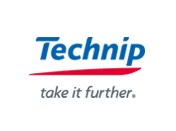 Technip
Technip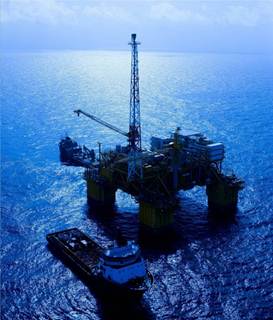 part of Central Gulf of Mexico Oil and Gas Lease Sale 227, which was held on March 20, 2013.
part of Central Gulf of Mexico Oil and Gas Lease Sale 227, which was held on March 20, 2013.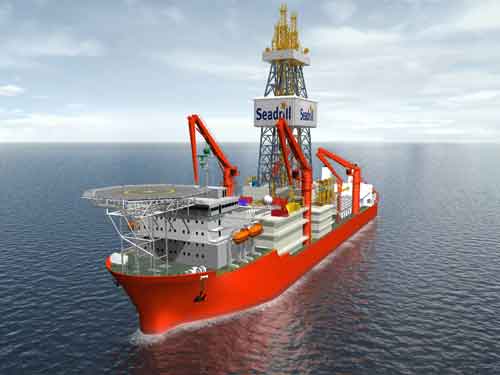 support of Chevron's affiliated global exploration program. The contract commences in China immediately upon shipyard delivery and thereafter relocates to Liberia. The agreement is for a period of 180 days with revenue potential of approximately US$150 million inclusive of bonus potential and mobilization.
support of Chevron's affiliated global exploration program. The contract commences in China immediately upon shipyard delivery and thereafter relocates to Liberia. The agreement is for a period of 180 days with revenue potential of approximately US$150 million inclusive of bonus potential and mobilization.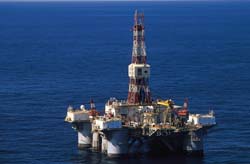 other information-gathering operations. Bianchi-1 adds to previous Apache exploration success in this part of the Carnarvon Basin following the Zola discovery in 2011. Zola is a natural gas discovery that Apache announced in 2011, located 4 miles (6 kilometers) southwest of the Bianchi discovery. The data from these wells, along with the Apache-operated Olympus gas discovery drilled in an adjacent permit earlier this year, provides critical insights into hydrocarbon distribution in the area.
other information-gathering operations. Bianchi-1 adds to previous Apache exploration success in this part of the Carnarvon Basin following the Zola discovery in 2011. Zola is a natural gas discovery that Apache announced in 2011, located 4 miles (6 kilometers) southwest of the Bianchi discovery. The data from these wells, along with the Apache-operated Olympus gas discovery drilled in an adjacent permit earlier this year, provides critical insights into hydrocarbon distribution in the area. Helix Energy Solutions Group, Inc
Helix Energy Solutions Group, Inc The Bureau of Safety and Environmental Enforcement (BSEE) and the U.S. Coast Guard are continuing to oversee Walter Oil & Gas Corporation’s response efforts to secure the natural gas well and extinguish the subsequent fire that started after the operator’s loss of well control Tuesday.
The Bureau of Safety and Environmental Enforcement (BSEE) and the U.S. Coast Guard are continuing to oversee Walter Oil & Gas Corporation’s response efforts to secure the natural gas well and extinguish the subsequent fire that started after the operator’s loss of well control Tuesday. Apache Corporation
Apache Corporation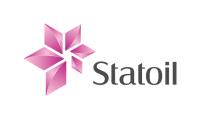
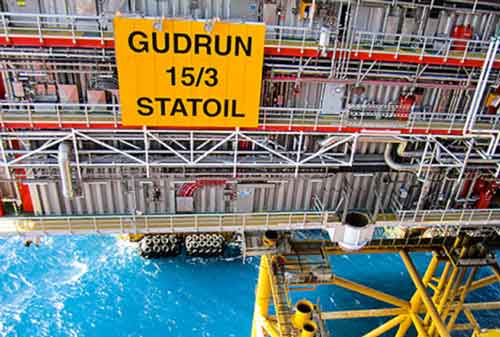
 With the latest seismic and drilling technologies, the Cardamom development is expected to deliver new production from the deep waters of the Gulf of Mexico to existing infrastructure
With the latest seismic and drilling technologies, the Cardamom development is expected to deliver new production from the deep waters of the Gulf of Mexico to existing infrastructure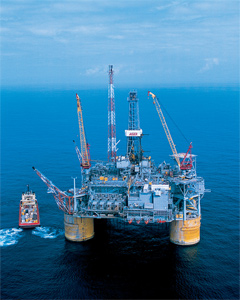 is still playing a central and innovative role in the company’s deep water Gulf of Mexico portfolio – currently producing some 55,000 barrels oil equivalent (boe) per day (Shell share ~30,000 boe per day), and acting in the future as the host platform for the Cardamom subsea development. The Cardamom discovery well also set records three years ago, for subsurface length and depth.
is still playing a central and innovative role in the company’s deep water Gulf of Mexico portfolio – currently producing some 55,000 barrels oil equivalent (boe) per day (Shell share ~30,000 boe per day), and acting in the future as the host platform for the Cardamom subsea development. The Cardamom discovery well also set records three years ago, for subsurface length and depth. Occidental Petroleum Corporation
Occidental Petroleum Corporation